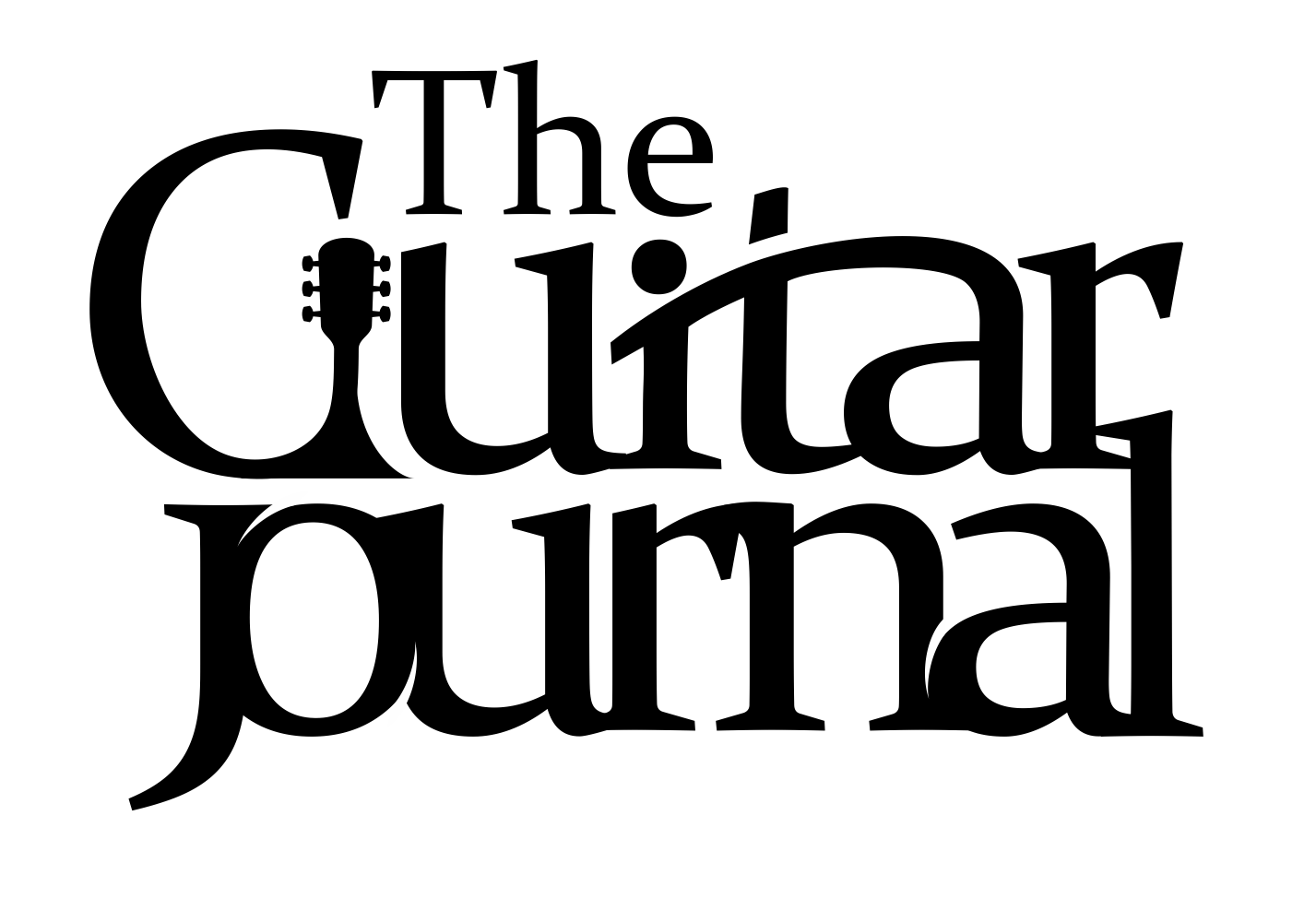How To Warm Up For A Fingerstyle Session (Or Any Session, Really)
GUEST POST - The guitar has many warm-up methods that you can use before performing - either in the comfort of your own home or before a show. And with fingerstyle, this should include a combination of fretting and plucking hand exercises. This article will offer you some useful tips and drills to get your hands firing on all cylinders for a fingerstyle guitar session.
“As tempting as it can be to just sit down and dive into your favorite piece of music, warming up prepares your fingers and mind for a focused rehearsal session”
Jason Vieaux, professional classical guitarist [1]
[Note: If you're Tommy Emmanuel, can strum 16the notes at 170bpm, and play 300 shows a year then, sure maybe you don't need to warm up ; ) If you're one of the rest of us, though, please read on!]
Single-String Exercises
WHY
Performing stretching patterns on a single string is great for getting the blood flowing in both of your hands. Since each hand plays a different role, it helps them get synchronized. Synchronicity will be helpful in the subsequent drills, where the patterns may have more musical application.
When your hands are in-sync with one another, this also allows you to increase speed. Speed is a by-product of familiar and efficient hand movements, not by moving your hands at a quicker pace – this usually creates tension in it and sloppier playing.
HOW
In single-string patterns, you can
begin just by hitting a single or open note while your plucking hand alternates hitting the string with the index and middle finger. In fingerstyle guitar, these fingers would be known as I and M, in the PIMA finger system.
After this, you can slowly increase to two notes, then three. By progressively adding a couple more frets and pitches to the string, you get both hands moving and cooperating for the sole purpose of technique.
Walk Through Scales
Scales are the bread-and-butter of nearly all Western musical concepts. Without scales, there would be no key signatures, no chords, and therefore no arpeggios. A lot of musicians would be lost without an understanding of scales, and if you receive lessons from a trained musician, they will probably preach about the importance of knowing them.
"The practice of scales solves the greatest number of technical problems in the shortest amount of time."
Andres Segovia
While music theory isn't essential for warming up, performing some basic scale drills should be one of your first activities when picking up the guitar. You can play scales ascending, descending, and also out of sequence. Even if it's out of order, a major scale is still a major scale because it includes the same notes.
Being able to play scales heavily utilizes the hand synchronicity skill mentioned in the previous section. However, instead of using one string, you must cross over multiple ones. Of course, there will also be more notes, and warming up with scales is useful for preparing you for your fingerstyle session in this regard.
, you can gradually increase the tempo until you are feeling comfortable. Starting out by playing at a lower speed encourages precision and good habits in the long run.
[products columns="2" ids="1784" orderby="date" order="DESC"]
Strike A Chord (Or A Few)
Rhythm guitar is a crucial aspect of fingerstyle playing, even if you are playing by yourself. A song that is designed to be played solo will often have sections of chords and scalar sequences woven in between them. Since you'll be warming up your scales, you shouldn't neglect the chords either.
Choose your favorite chord sequence.
The idea is to pick ones that you are familiar with because you have the muscle memory for these chords developed. Warming up should be intended to get your plucking hand acclimated to strumming and striking, and also to get your fretting hand adapted to making chord changes all at the same time.
You can start off with simple patterns and steadily increase the difficulty of the rhythms over the course of your warm-up. By working up to more challenging patterns, your brain will become more adjusted to counting time and feeling more complex rhythms.
Once again, make sure to use a metronome, so you keep your playing as solid and clean as possible. You don't want to hit other strings and produce a sloppy sound accidentally. Having great timing is also just as crucial to sounding and performing well, and this should be reinforced in your drills.
Pluck Some Arpeggios
Arpeggios are a versatile tool that is used in all forms of guitar playing. The word translates to the word “harp-like.” Other than glissandos, harps are known for playing chords that are broken down into individual notes. Whether they are played fast or slow, they tend to sound beautiful no matter what, as long as they are precise.
The reason why arpeggios are so useful is that they have several different applications. To name a couple, you can play these on their own, to create a flowing sequence of sound, you can include these in between spaced-out chords to make things more melodic. Importantly, they can spark creativity. Many great riffs have been built off of arpeggios.
Like scales,
it is encouraged that you warm-up arpeggios both ascending and descending.You can also switch up the arrangement of the notes, which will activate more finger independence.
People tend to only want to go P-I-M-A and go back down, but being able to mix it up and go P-M-I-A or A-M-P-I and so on and so forth adds a new dimension. This independence will also apply to the left hand.
Summary and Conclusion
Like many other activities, warming up on the guitar is essential to performing optimally and sounding great. A sprinter doesn't start running before doing a set of drills and routines which activate his or her muscles. If he or she did, that could run the risk of injury.
While he is primarily known as an electric guitarist, Marty Friedman suggests that “warming up not only helps your technique, it also helps prevent injuries.” [2]. Your hands have many small parts that work together which can be strained and affected by tendonitis and carpal tunnel syndrome.
If you start playing the guitar “cold,” you most likely won't sound your best right away, and you can hurt yourself. An effective fingerstyle routine that can prevent such issues should include:
- single-string exercises
- scales
- chords
- arpeggios
By focusing on these aspects, you will activate both the finger independence and synchronicity skills that are necessary for playing well. Make sure you have the correct posture as well since this can alter your hand placement.
This vital activity doesn't need to be super time-consuming either. Typically, it should last from 10 to 15 minutes, but others may do it longer, especially if they have a big performance. For playing at home, this will usually suffice.
Even if you are playing at home, you should get into this essential habit and strive for peak performance at all times.
About the Author
Vincent Reina
Vincent Reina began teaching piano lessons as a high school student, and has continued to do so ever since. He received a Bachelor of Music Degree in Piano Performance from Purchase Conservatory. He then earned a Masters of Arts in Teaching Music from Manhattanville College. Today, Vincent is co-founder of Music To Your Home, a New York City based music school. He’s the proud winner of many significant piano competitions, including the Westminster Choir College Artistic Excellence in Piano Award.

